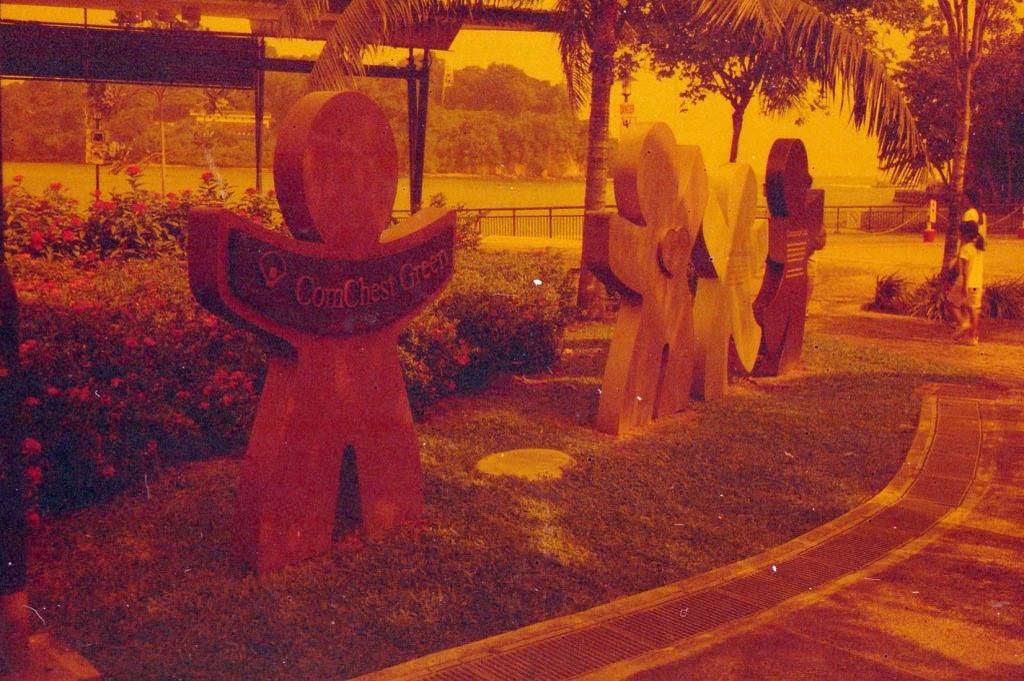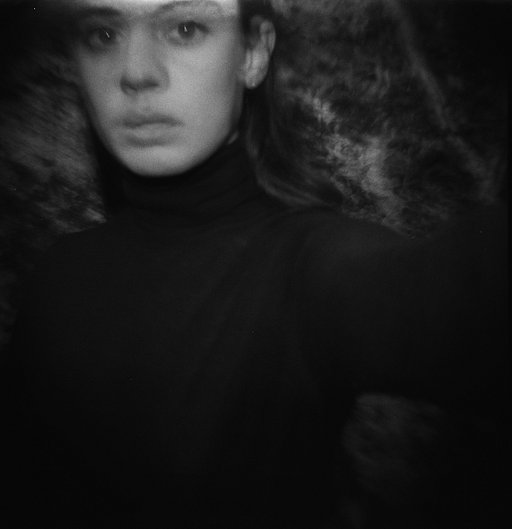Redscale Film Reviews: Lucky SHD 200 and the Olympus Trip 35 – Good for Redscale? First Impressions
3 10 Share TweetHere’s what I learned about redscaling a roll of Lucky SHD 200 and shooting it at ISO25 with my Olympus Trip 35.

In theory, overexposing a redscaled roll of ISO 200 film by 3 stops should give you a lighter shade of orange and if you are lucky, maybe even a greenish tinge in your photos. Well, that’s the theory I was led to believe. So imagine my surprise when I did not get the results that I thought I will get with a Lucky SHD 200 redscaled film exposed at ISO25, set on ‘A’ mode on my Olympus Trip 35.
Having seen the fantastic results by other Lomographers redscaling a roll of Lucky SHD 200, I thought I could replicate the lighter washed out colours by exposing it at ISO25. Unfortunately, it did not happen.
Funny thing was that in another test with a roll redscaled Lucky SHD 200 shot with the Yashica GSN rangefinder, the colours came out muted, almost normal looking. Here’s a photo of the test.

Then I realized what I did ‘wrong’ if I wanted lighter colours.

First, I didn’t fully understand the camera I was using. It was the venerable Olympus Trip 35. It is basically a point and shoot camera with only two shutter speeds available, 1/40 or 1/200. As an automatic camera, it will by default choose the greatest depth-of-field. In other words, it will try to give me the sharpest possible image it can.

Second, I used it at the wrong ISO speed. Looking at my photos, it would seem that the camera was shooting at 1/200 and probably at F16 if not F22 because of the bright and sunny conditions.
While I did not get the photos that I wanted, looking at it again a few months later made me realize that if you are looking to create darker and more dramatic photos, this could be the film and camera combination for you.
Especially in the hands of a skilled and creative Lomographer.

Yes, Lomography is about unpredictability but sometimes, the photos that you were hoping to get based on what you have seen elsewhere bombed. So what do you do? Keep experimenting and learn. Better yet, share your successes and perceived failures with other Lomographers. After all, they may be looking to create the results that you just did.

written by uncle_jay on 2013-06-26 #gear #sea #forest #diy #review #redscale #singapore #olympus-trip-35 #reviews #sentosa #escape-from-the-city #iso-25 #lucky-shd-200 #labrador-nature-reserve #quiet-places #redscaled-films-requested-posts-for-june-2013























3 Comments